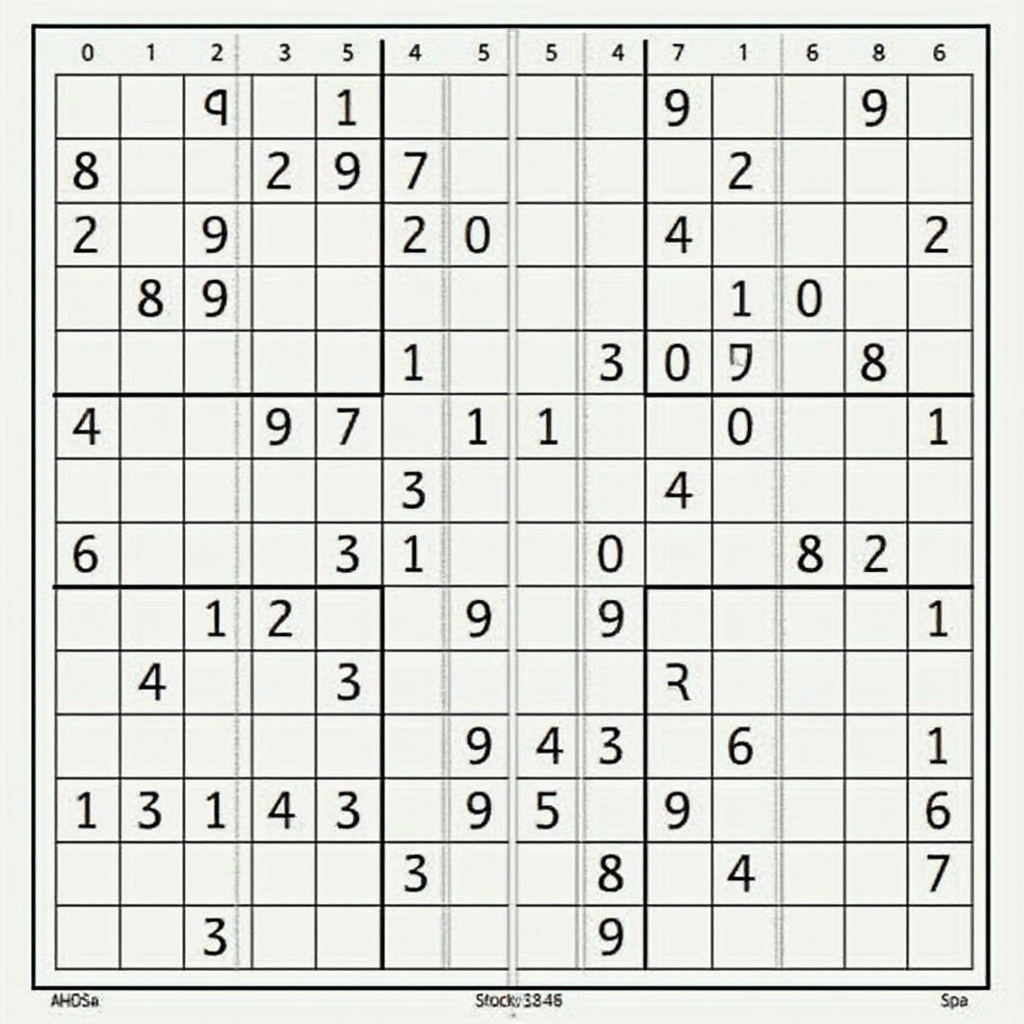How to Play and Win Every Time
Introduction
Sudoku is more than just a numbers game; it’s a logical puzzle that has captivated minds across the globe. Whether you’re looking for a fun way to pass the time or seeking to sharpen your mental agility, Sudoku is the perfect activity. In this guide, we’ll break down everything you need to know about Sudoku, from the basics to winning strategies. By the end, you’ll be ready to tackle puzzles with confidence and success!
What is Sudoku? The Basics for Beginners
What is Sudoku?
Sudoku is a classic logic-based puzzle that challenges players to fill a 9×9 grid so that each row, column, and 3×3 box contains the numbers 1 through 9 without repetition. Although it involves numbers, Sudoku doesn’t require any math skills—just logical thinking.
Understanding the Sudoku Grid
A typical Sudoku puzzle consists of a 9×9 grid divided into nine 3×3 subgrids. Some cells already have numbers filled in, called « givens. » Your job is to fill in the empty cells without breaking the rules.
Key Rules of Sudoku
- Each row must contain the numbers 1 to 9, without duplicates.
- Each column must also contain the numbers 1 to 9, without duplicates.
- Each 3×3 box (also called a subgrid or region) must contain the numbers 1 to 9, without duplicates.
How to Play Sudoku: A Step-by-Step Guide

Starting with Easy Puzzles
Begin with puzzles labeled « easy » or « beginner-friendly. » These grids typically have more « givens, » making it easier to spot where numbers go. This is a great way to get familiar with the game.
Filling in the Grid
Start by scanning rows, columns, and boxes for numbers that are missing. Look for obvious placements where only one number fits without breaking the rules.
Using Pencil Marks
If you’re unsure about a number, use pencil marks to jot down potential options in a cell. This helps narrow down possibilities as you solve other parts of the puzzle.
Essential Strategies to Win at Sudoku
The Process of Elimination
To solve Sudoku puzzles, eliminate numbers that cannot possibly fit in a cell based on the numbers already in its row, column, and box.
Spotting Patterns: Naked Singles and Hidden Singles
- Naked Singles: When a cell has only one possible number based on elimination, it’s a naked single.
- Hidden Singles: These occur when a number can only appear in one cell within a row, column, or box, even if other possibilities exist elsewhere.
Advanced Tips: Pairs and Triplets
Once you’ve mastered the basics, look for pairs and triplets—groups of two or three numbers that only fit in certain cells. This helps unlock tricky sections of the puzzle.
Common Mistakes and How to Avoid Them
Guessing Instead of Using Logic
Avoid guessing numbers. Every placement should be based on logic. Guessing often leads to errors that can derail your progress.
Ignoring Pencil Marks
Failing to use or update pencil marks can cause confusion. Keep your notes organized to stay on track.
Rushing Through the Puzzle
Solving Sudoku requires patience. Take your time to carefully analyze the grid and avoid careless mistakes.
Practice Makes Perfect: Resources and Tools for Sudoku Beginners
Free Sudoku Apps and Websites
Start practicing on beginner-friendly platforms like Sudoku.com or the New York Times Sudoku section. These often include hints and tutorials to help new players.
Printable Sudoku Puzzles
For a more hands-on experience, download and print easy Sudoku puzzles. Websites like KrazyDad and Printable-Sudoku offer free printables.
Participating in Online Sudoku Communities
Join forums or social media groups dedicated to Sudoku. These communities are great for sharing tips, discussing strategies, and finding motivation.
Conclusion
Sudoku is a fantastic way to challenge your mind and develop logical thinking skills. By understanding the rules, practicing regularly, and applying proven strategies, you can master even the trickiest puzzles. Ready to get started? Pick up a beginner’s Sudoku puzzle today and see how much fun it can be to solve!
Remember, practice makes perfect, and with time, you’ll be solving puzzles like a pro.

